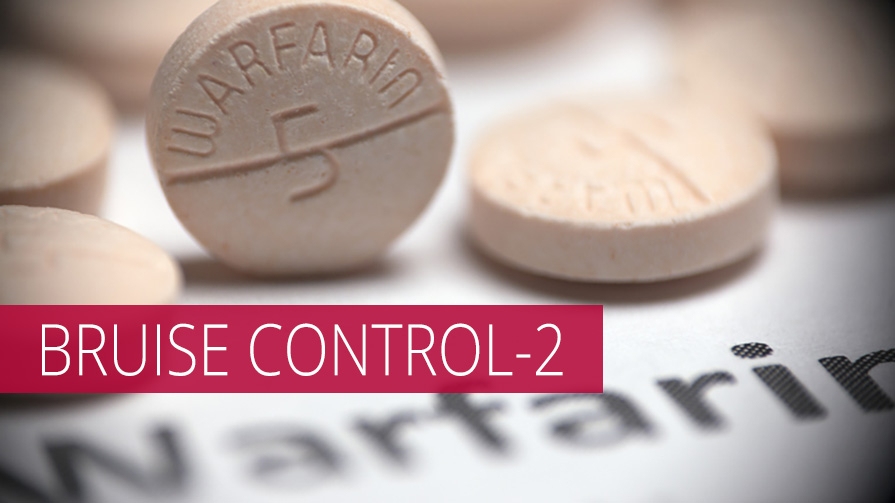BRUISE CONTROL-2: Continued vs. Interrupted use of Direct Oral Anticoagulants in Pacemaker or Defibrillator Surgery

Direct oral anticoagulant (DOAC) use is common among patients requiring pacemaker or defibrillator surgery. However, the results of a new study led by Dr. David H. Birnie, MD, staff cardiac electrophysiologist and Director of the Arrhythmia Service at the University of Ottawa Heart Institute (UOHI), may have an impact on the way these products are managed in clinical practice. Dr. Birnie presented his research findings at the American Heart Association’s Scientific Sessions 2017 in Anaheim, CA earlier this November.
Known as BRUISE CONTROL-2, Dr. Birnie’s follow-up study to BRUISE CONTROL, the study examined the effects of continued versus interrupted use of anticoagulants in patients at the time of device surgery. The findings suggest either a continued or interrupted strategy achieves similar outcomes in terms of bleeding risks or hematomas (a solid swelling of clotted blood within the tissue).

Dr. Birnie and his colleagues conducted a 662-patient, multicentre, single-blind, randomized controlled trial at 15 centres in Canada and one in Israel between 2013 and 2017. Initially, the trials were conducted with patients taking dabigatran only, as this was the only DOAC with post marketing approval. As additional DOACs became approved, the protocol was expanded to include patients receiving apixaban (Eliquis, Bristol-Myers Squibb/Pfizer) and rivaroxaban (Xarelto, Janssen). Patients were divided into two separate arms in which half were assigned to receive either continued (328) or interrupted (334) anticoagulant therapy. According to Dr. Birnie, both continued and interrupted use of DOAC is associated with low rates of device pocket hematomas, however continued DOAC should not be considered specifically as a strategy to reduce the hematoma rate.
“The bottom line is there was no difference between the two strategies. In both arms the event rate of device hematomas was extremely low and that is good news for patients.”
-Dr. David Birnie
For clinicians the take-home message is either strategy may be reasonable depending on the clinical scenario, he adds.
BRUISE CONTROL-2 was supported by a grant from the Heart and Stroke Foundation of Canada and received additional funding from Boehringer Ingelheim, Bayer HealthCare AG, and Bristol-Myers Squibb.
Additional Information
Watch Dr. Birnie’s interview with the American Heart Association Science News.
Watch Dr. Birnie’s interview with the American College of Cardiology.
Read the article about the first trials of BRUISE CONTROL led by Dr. David H. Birnie and coordinated by UOHI as published in the New England Journal of Medicine in 2013.


